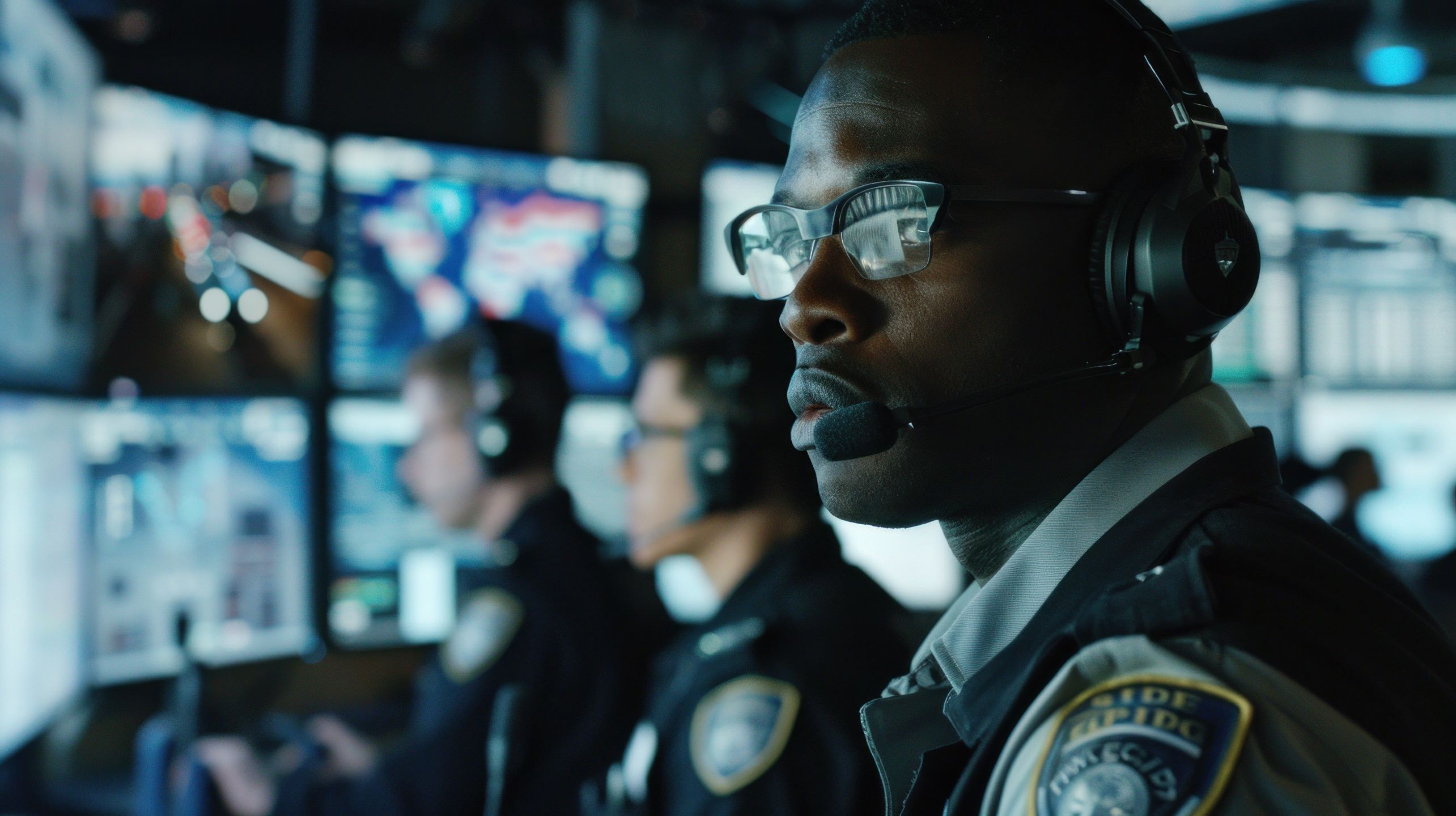Event Security Essentials: How To Keep Your Crowd Safe And Engaged

Below, we explore comprehensive strategies and best practices for maintaining security and engagement at your next event.
Understand The Importance Of Robust Event Security
The primary goal of event security is to protect attendees, staff, and venue from any potential threats, including disturbances, unauthorized access, and emergencies. A well-secured event promotes safety, which is essential for attendee engagement. People are more likely to enjoy and participate in an event if they’re not worried about their safety.
Also, in planning for event security, assessing potential risks and preparing for various scenarios is crucial. This might include crowd control, emergency responses, and even cybersecurity measures for digital components of the event. One effective way to manage these aspects is by hiring an event security company, which can provide professional services tailored to specific event needs and challenges.
Develop A Comprehensive Security Plan
A detailed security plan is vital for any event, regardless of its size. This plan should include the following elements:
Risk Assessment
Conducting a thorough risk assessment is critical to identifying potential security threats at your event. This process involves evaluating the venue’s characteristics, the type of event, expected crowd size, and attendee demographics. By assessing these factors, you can pinpoint specific vulnerabilities like entry points and high-risk areas. This analysis forms the backbone of a proactive security strategy, ensuring that risks are managed before they escalate.
Security Personnel
Determining the appropriate number and type of security personnel is essential for maintaining order and safety at an event. Factors such as the event’s scale, venue size, and attendee profile dictate the security needs. A mix of uniformed officers and plainclothes agents is also often employed to cover all aspects of event security, from overt presence for deterrence to covert surveillance to handling sensitive situations discreetly.
Access Control
Effective access control is fundamental in preventing unauthorized entry and ensuring that only ticketed or invited guests can enter the event premises. Techniques like secure ticketing systems, wristbands, and ID verification are employed to manage entry points efficiently. These measures can help maintain controlled access and reduce the risk of overcrowding or potential security breaches.
Surveillance Systems
Utilizing CCTV and other surveillance technologies enables continuous monitoring of the event area. These security systems are crucial for the early detection of irregular activities and help coordinate swift security responses. Surveillance also acts as a deterrent to potential perpetrators and provides a record that can be invaluable in post-event analyses or legal inquiries.
Emergency Response Plan
An emergency response plan outlines specific actions to be taken in response to various incidents, such as medical emergencies, fires, or severe weather. Developing this plan involves detailed scenario planning and role assignments. Training staff and security personnel in these procedures is also vital to ensure a coordinated and efficient response, which minimizes potential harm to attendees and property.
Coordination With Local Authorities
Effective collaboration with local law enforcement and emergency services is essential for event security. This partnership ensures that all parties are well-informed about the event’s specifics and can respond promptly if assistance is needed. Regular communication and planning meetings can help align emergency response strategies and provide additional resources, such as rapid medical assistance or law enforcement support, when necessary.
Enhance Attendee Engagement Through Security
Security measures, when implemented effectively, don’t hinder the engagement of attendees; instead, they enhance it. Below are some strategies to maintain high levels of engagement while keeping security tight:
Seamless Security Checkpoints
Efficient and minimally invasive checkpoints enhance the attendee experience by reducing wait times, allowing quicker access to the event. Streamlined processes such as pre-screening and clear guidelines also ensure that security measures don’t detract from the event’s enjoyment but facilitate a smoother entry for all guests.
Information And Signage
Clear signage and detailed information about security processes are essential at any event. Providing visible instructions and guidelines about security protocols can help keep attendees well-informed, minimize confusion and anxiety about safety measures, and foster a more relaxed and enjoyable environment.
Professional Security Presence
A professional security presence secures the environment and enhances attendee confidence in the event’s safety. Training security personnel in customer service ensures they contribute positively to the attendee experience, addressing concerns with courtesy and efficiency while maintaining a vigilant stance against potential threats.
Engagement In Emergency Drills
Actively involving attendees in emergency drills or informational sessions on safety procedures enhances their preparedness for unexpected situations. This engagement can help educate them about their safety and empower them to act effectively, ensuring a collective response to any incident.
Utilize Technology To Enhance Security And Engagement
Advancements in technology offer new tools to improve both security and attendee engagement. These tools include:
- Mobile Apps: Event apps can provide real-time security updates and emergency notifications, which keeps attendees informed.
- Wearable Technology: Use wearables for access control and tracking, which can reduce the need for intrusive checks and streamline entry processes.
- Social Media Monitoring: Monitor social media for potential threats or issues that could impact the event. This also serves as a platform for engaging with attendees before, during, and after the event.
- Virtual Reality and Augmented Reality: Incorporate VR and AR to create engaging immersive experiences that enhance security by minimizing physical risks.
Conduct Regular Training And Updates
To guarantee that security measures are always at their peak effectiveness, it’s essential to provide ongoing training for all event staff. This training should cover both existing and newly emerging security protocols, ensuring that every team member is prepared to respond to any potential threat.
Moreover, security procedures should be regularly evaluated and refined based on insights gained from new threat patterns and after-action reviews following prior events. This iterative process of updating and reinforcing security strategies is critical in cultivating an environment where safety and attendee engagement are prioritized. Such continual improvement mitigates risks and enhances the overall experience for everyone involved.
Conclusion
Effective event security is multifaceted, integrating thorough planning, professional personnel, advanced technology, and continuous improvement. By keeping the information mentioned above in mind, you can create a secure and highly engaging atmosphere.

